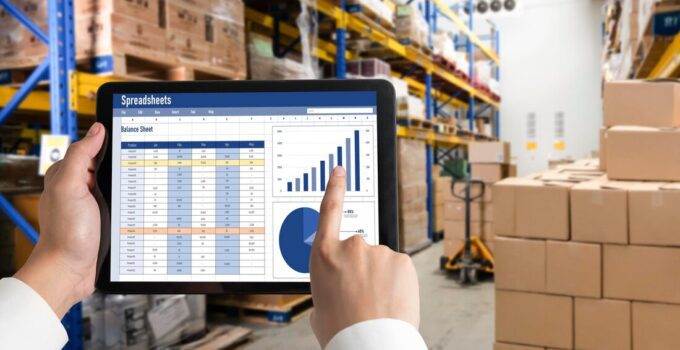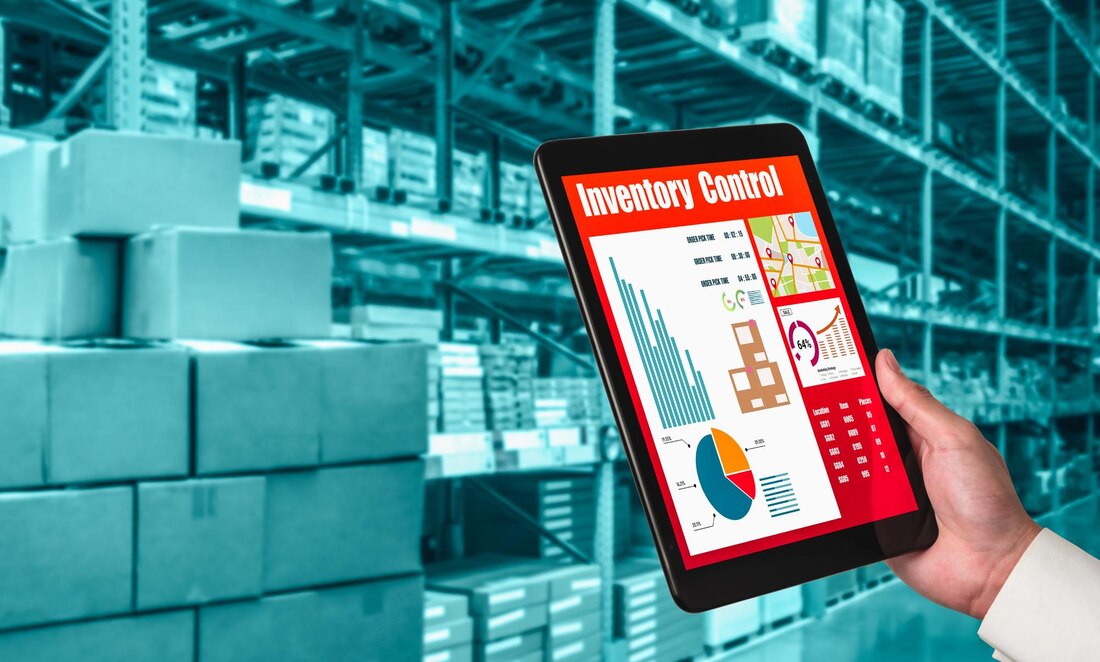What’s needed to stay competitive in today’s fast-paced surplus liquidation market? The #1 aspect is knowing how to price bulk lots and surplus goods accurately and responsively. Otherwise, it is common to face issues around customers, not getting returned business, and more.
While traditional math and economics are what everyone use, you can rely on predictive surplus pricing nowadays. This uses dynamic pricing tools powered by algorithms that adjust costs in real time.
The data or statistics for the pricing are based on demand fluctuations. For instance, holiday spikes like Christmas and how people start buying electronics such as new phones and computers during this time of the year. All in order to give gifts to loved ones.
Sudden market changes because of new fees or tariffs are also considered.
At Coastal Surplus Solutions, we leverage these advanced pricing strategies to guarantee competitive rates for our clients. This ensures that you never miss an opportunity, regardless of the items you need.
We source anything from electronics to drywall and materials for contractors. Hence, we understand how pricing can be handled based on the industry you are in.
What Is Predictive Surplus Pricing?
Let’s keep it simple.
This strategy employs algorithms that analyze real-time data.
This data can be:
- Inventory levels.
- Seasonal trends.
- Competitor prices.
- Consumer demand.
- New or emerging markets and products in specific industries.
The data helps the system or algorithm determine the right prices for the goods and adjust them accordingly.
Unlike fixed pricing, this approach allows sellers and buyers to respond quickly to market conditions. This is followed by optimizing sales and profits.
Following the previous holiday season or Christmas, there are always surplus goods that spike. Dynamic pricing tools recognize these patterns and increase prices accordingly. When the season or event is over, it lowers them depending in the general demand.
This helps ensure that inventory moves efficiently and saves both sides (buyer and seller) time and resources.
How Algorithmic Pricing Works—in Detail
Everything is thanks to machine learning, AI, and rule-based systems.
They work around modern pricing and the data or information they obtain from different sources. These can be bought and sale platforms or specific markets from any industry.
According to the UK Government’s Competition, pricing algorithms analyze past and present data. This comes from market conditions. Then, they determine optimal price points, often without manual intervention.
They continuously operate and update prices accordingly as the market changes daily. The way this works is by:
- Monitoring real-time data so the stores keep pricing updated. This is done by following the algorithm around competitor pricing, stock levels, and demand signals.
- Adjusting prices within prices that keep the business within a profit margin threshold is possible. This is while reacting to market changes and still working on competitive prices.
- Machine learning starts learning from historical data to predict optimal pricing strategies.
- It follows inventory sensitivity based on how surplus goods with high stock may see price reductions and low stock ones the opposite. It establishes the prices and demand for you.
Everything becomes a database.
The algorithm collects data from all the previous sources and areas while considering your needs and how pricing works. This applies to any industry.
You can be a contractor needing drywall and safety gear to sell and use, or can be a full-time clothing store with a new collection selling.
What about bulk buyers? This helps you establish what you should buy or not, and determine how profitable it will be for you.
Benefits of Predictive Pricing for Surplus Buyers
Everything reflects in the option at hand.
Competitive rates are the top benefit as prices reflect current market demand. This avoids overpaying for products that are not worth it anymore, or helps you not miss out on key deals.
Additionally, you get transparency, efficiency, and adaptability.

You will go over prices adjustments that are fair for everyone, not just in an industry but rather multiple ones. meanwhile, it is efficient since it turns inventory and reduces holding costs and waste.
Pricing, spikes, rates, and more. The entire predictive option offers a wide reach in how you can get your products or sell them later on.
Coastal Surplus Solutions’ Approach to Algorithmic Pricing
In our company, we integrate cutting-edge algorithmic pricing tools into our surplus marketplace. This is what allows us to stay on top of our game and work on the best prices while connecting you with surplus goods.
Our system includes:
- Continuous analysis of market data to adjust lot prices and help you find the best deals.
- Offering buyers access to competitive and fair pricing aligned with demand.
- Helping you maximize returns without sacrificing sales velocity.
- Bringing transparency and confidence through data and pricing.
You will be part of a dynamic surplus market that benefits your project.
This applies to home renovators looking for kitchenware, countertops, or pergolas. But it can also be part of any other market and an individual’s needs.
While everything feels like AI is taking over, predictive pricing is just one of the many beauties it has brought. It can be used in many ways, and we want you to have this competitive advantage.
Global Banking & Finance Review highlights the role of AI in pricing. It mentions that companies using AI-powered pricing strategies report significant improvement. These businesses benefit from up to 25% increase in profit margins thanks to pricing accuracy and optimization.
This could be you.
Feel free to contact us today and have our team source for you and connect your business or project with predictive pricing!





